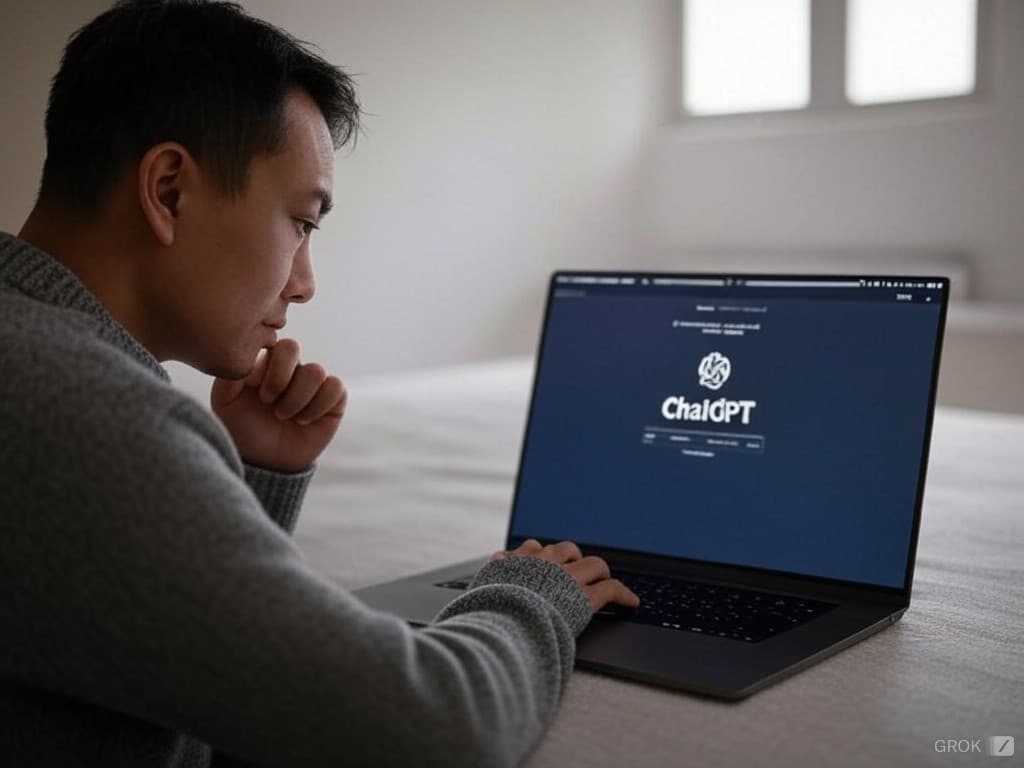OpenAI has taken another step towards creating a more autonomous artificial intelligence with the launch of ChatGPT Tasks, a new feature that allows users to schedule recurring tasks and reminders directly in the ChatGPT system. This recent advancement is initially available to users on the Plus, Pro, and Teams plans, but it is expected to be rolled out to other users in the future.
What is ChatGPT Tasks?
ChatGPT Tasks is a tool designed to automate the execution of reminders and customized tasks. For example, a user can set it up so that ChatGPT sends them a daily summary of tech news or generates workout tables for morning stretches. The feature utilizes GPT-4’s natural language processing capabilities to interpret context and set tasks tailored to the user’s specific needs.
This tool is not limited to simple tasks. Unlike virtual assistants like Siri or Google Assistant, ChatGPT can interpret more complex prompts and generate responses or actions based on context. According to OpenAI, the model automatically adjusts parameters such as time or frequency based on user requests, making this tool a much more flexible solution.
How It Works
To access this new feature, users must select a special model called GPT-4 with Scheduled Tasks from the ChatGPT model menu. Once activated, the interface allows users to configure tasks with prompts like “Give me a daily summary of news about artificial intelligence” or “Remind me to drink water every hour.”
Once a task is set up, ChatGPT executes the prompt periodically and notifies the user via alerts in the app or emails. However, OpenAI has recommended prioritizing notifications within the app itself, as using email may be redundant and fill inboxes with non-essential messages.
A Beta Feature
Despite its potential, ChatGPT Tasks is still in beta and has presented some limitations during use. For instance, several users have reported issues when setting up tasks that need to be executed at short intervals, such as every five minutes. Additionally, there is a limit of ten active tasks per user, and recurring tasks can only be executed a maximum of four times per hour.
Another point of criticism is the fragmentation of the model. Currently, users must select a specific model to access tasks, which can cause confusion, especially among those less familiar with AI tools. This structure had already been questioned with previous features like Canvas, raising the need for a more unified interface in future updates.
Advantages and Areas for Improvement
The introduction of ChatGPT Tasks marks a significant advancement in the evolution of ChatGPT as a more autonomous assistant. Although the functionality still has room for improvement, it represents a first step towards the implementation of smarter, more proactive tools.
On the positive side, users highlight the ability to combine advanced content generation and search tools with recurring tasks. This opens the door to greater customization, such as scheduling learning exercises, creating periodic news summaries, or even generating programming challenges.
However, the community has pointed out some areas that require attention. Among them is the need for more efficient management of recurring tasks, the possibility of adding more active tasks, and better language integration in the tuned models, as some users have reported unexpected responses in English even when using the system in Spanish.
Towards a More Autonomous Future
Despite the challenges, OpenAI has demonstrated its ability to innovate with a tool that allows ChatGPT to act autonomously, executing tasks without the need for constant supervision. This lays the groundwork for future evolution towards truly autonomous assistants that can anticipate user needs.
For now, developers continue to work on improving the functionality and addressing the issues reported by the community. Meanwhile, ChatGPT Tasks is already shaping up to be a key tool for users looking to make the most of artificial intelligence in their daily lives.

